Tagged With Behavior Research
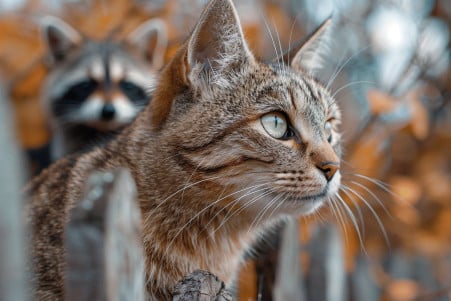
Do Raccoons Kill Cats? Understanding the Risk and Protective Measures
3 March 2024
Raccoon and cat interactions: potential for conflict, disease, and how to keep the peace.
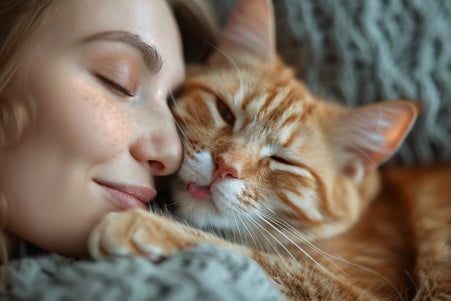
Why Does My Cat Lick My Nose? Decoding Feline Affection
3 March 2024
Why does my cat lick my nose? It could be a display of affection, a sign of social bonding, a form of scent marking, or even a sign of an underlying health issue.
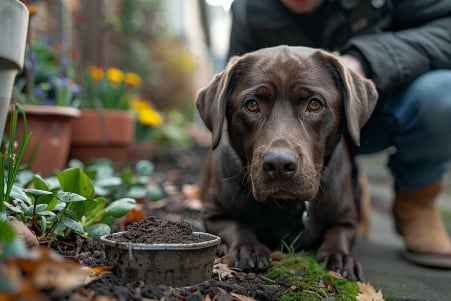
Why Is My Dog’s Poop Black? Understanding the Health Implications
2 March 2024
Causes of black dog poop, such as gastrointestinal bleeding, dietary changes, parasites, toxins, and stress, and the importance of taking your dog to the vet.
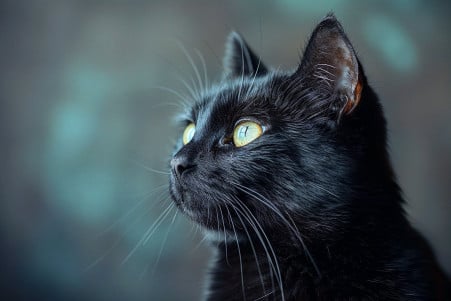
Do Cats See Ghosts? Exploring Feline Senses and Behaviors
2 March 2024
Cats’ super senses and actions have led to many superstitions, but there is no evidence that they can actually detect ghosts.
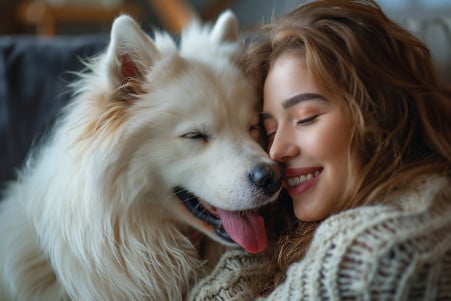
Why Does My Dog Lick My Ears? Uncovering Canine Behavior
2 March 2024
Reasons why dogs lick people's ears: to show affection, to strengthen social bonds, because of grooming instincts, because they like the taste, and because of health issues.

Can Dogs Purr? Decoding Canine Rumble Sounds and Vocal Behavior
2 March 2024
This article discusses the science behind dog purring: why dogs make sounds that are similar to purring, how dogs communicate through sound, and the anatomy that enables dogs to make a wide range of sounds.

Why Do Dogs Scratch the Carpet? Uncovering Canine Behavior
1 March 2024
Causes of dogs scratching the carpet: natural instincts, stress, marking their territory, and ways of communicating. How to stop it through mental and physical stimulation.
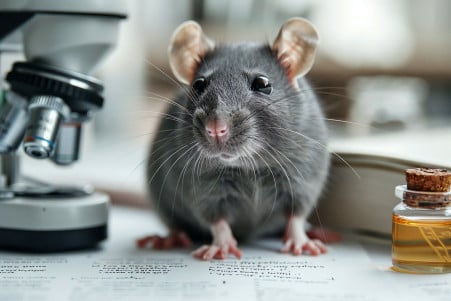
Do Rats Have Rabies? Unpacking Rodent Risks and Research
1 March 2024
Knowing how uncommon it is for rats to have rabies, how unlikely they are to give it to a person, and the biology that explains these things.
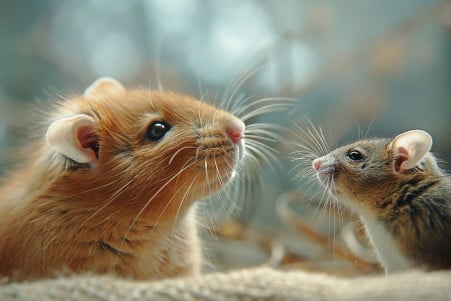
Why Do Rats Eat Mice? An Investigation into Rodent Predation
1 March 2024
Muricide is a result of environmental factors, competition, and the activation of certain parts of the brain that are associated with predatory aggression.
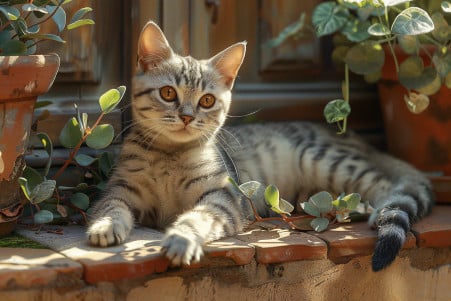
Cat Tail Wagging While Lying Down: What Does It Mean?
1 March 2024
This article discusses the psychology of cat tail wagging when your cat is sitting down: emotions, anatomy, environmental factors, and sensory perceptions influencing feline communication.

Why Is My Dog So Clingy? Unraveling the Causes of Canine Attachment
29 February 2024
This article discusses the concept of dog neediness, including reasons such as anxiety, stress, and breed predispositions, as well as ways to help with separation anxiety and encourage independence.
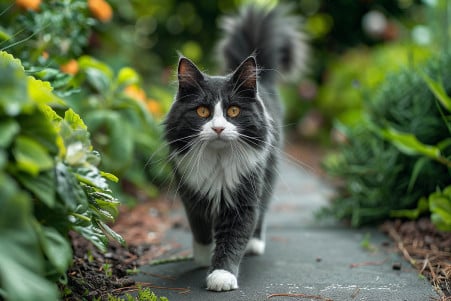
Why Do Cats Puff Up Their Tails? The Science of Cat Tail Language
29 February 2024
This article discusses four reasons why cats may puff up their tails: defense mechanisms, emotional signals, physiological responses, and the importance of context.